SCOTT HARLAN P.E.
Mechanical Engineering
Consultant
Scott Harlan P.E.
California Professional Engineer License M31719
scott@scottharlanpe.com
(831)-210-4645
19518 Creekside Ct.
Salinas, California 93908
MOBILE EQUIPMENT DESIGN
- Prototype
Design
- Track Drive Design
- Hydraulic Powered Equipment
The array of engineering projects I have worked on is diverse, but the one common element is they virtually always involved mobile equipment. My machine design experience has included equipment for the construction industry, agriculture, aircraft ground support equipment, and military. These machines were towed, propelled with a hydraulic wheel drive, track drive, or electric ground drive.
Weight and cost are critical issues on most mobile equipment designs. To optimize a design for weight or cost it is imperative to understand the materials and manufacturing processes that are practical for a given application. Certain mobile equipment industries lag behind others in the use of optimal materials or processes for a particular design. As a result of more than twenty years of design experience I have a broad exposure to materials and manufacturing processes. In many cases I can help integrate new materials or processes into a design to help minimize weight or cost.
Track drives are sometimes required for off road equipment, but track drive design almost always involves a steep learning curve. Dirt grinding through componentry can cause rapid wear on track drive components if the designer has not selected the right materials. Incorrectly designed track carriages may accumulate mud that destroys or derails the tracks. Track drives are one of the most perilous and expensive components on mobile equipment. I have experience designing both dual track machines and quad track machines (see lower right). Using a consultant like myself can save both money and time by avoiding a part of the often painful learning curve of developing a track drive.
Building prototype machinery is fraught with risk. Extensive prototyping experience has refined my ability to manage this risk and optimize the chances for project success. This prototyping experience has encompassed projects ranging from one-off prototypes to machinery that would be produced in volumes of hundreds or thousands. Design strategies change with production volume and understanding how to adjust the design is critical to producing a cost effective product. If your mobile equipment project is large or small, I have the right background to help make it a success.
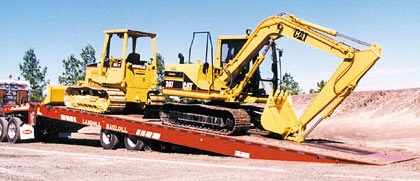
Hydraulic tilt trailer uses high strength, low alloy steels to produce a strong but lightweight trailer.

Trailer prototype folds down to the ground to facilitate easy loading and unloading of a combine.
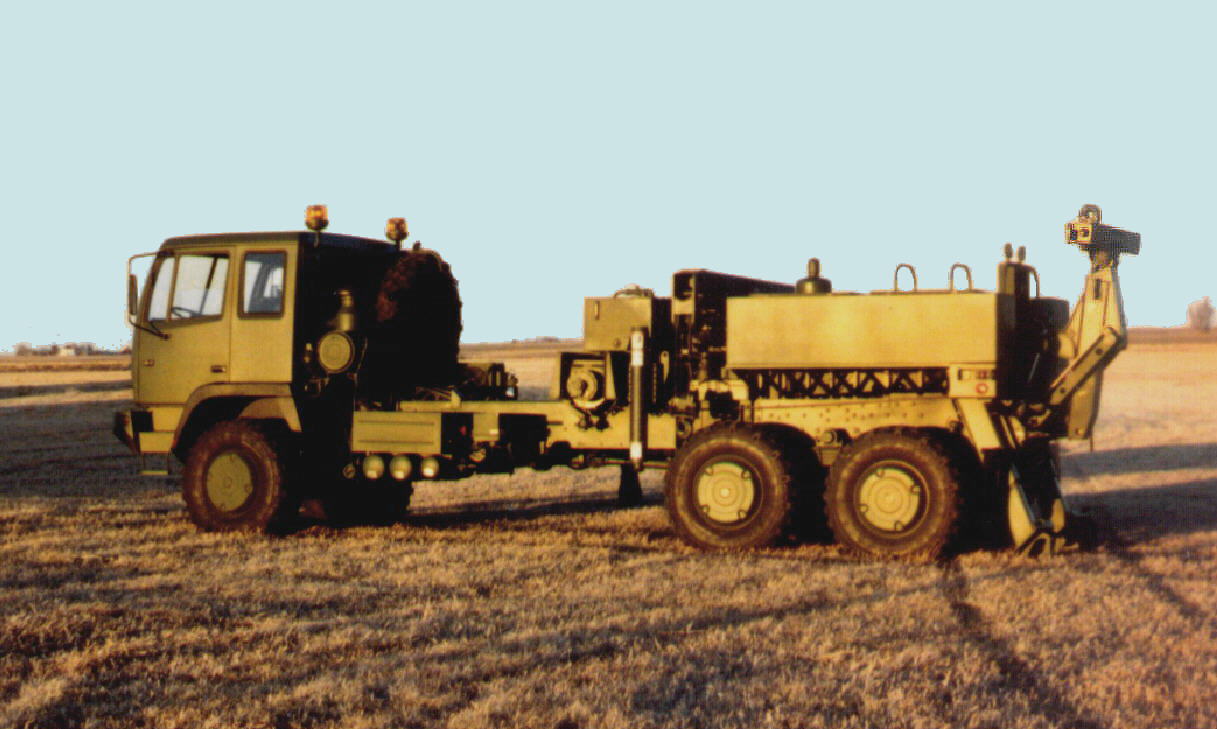
Weight distribution and total weight were critical on this military wrecker, so many components were made of HSLA steel or aluminum..
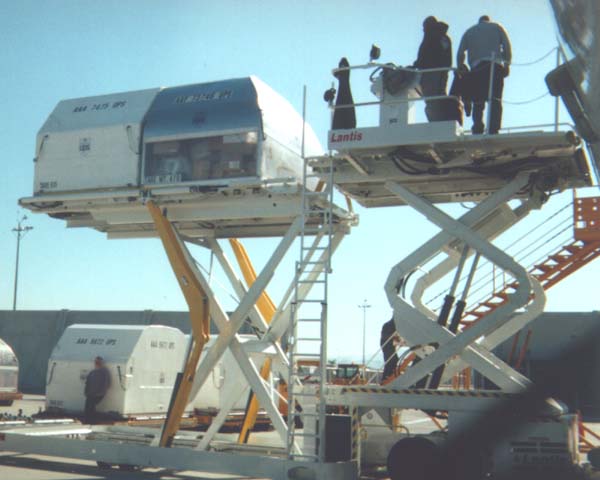
Deflection is an important design consideration on aircraft cargo loaders because the front and rear platforms must interface correctly for successful transfer of the container.
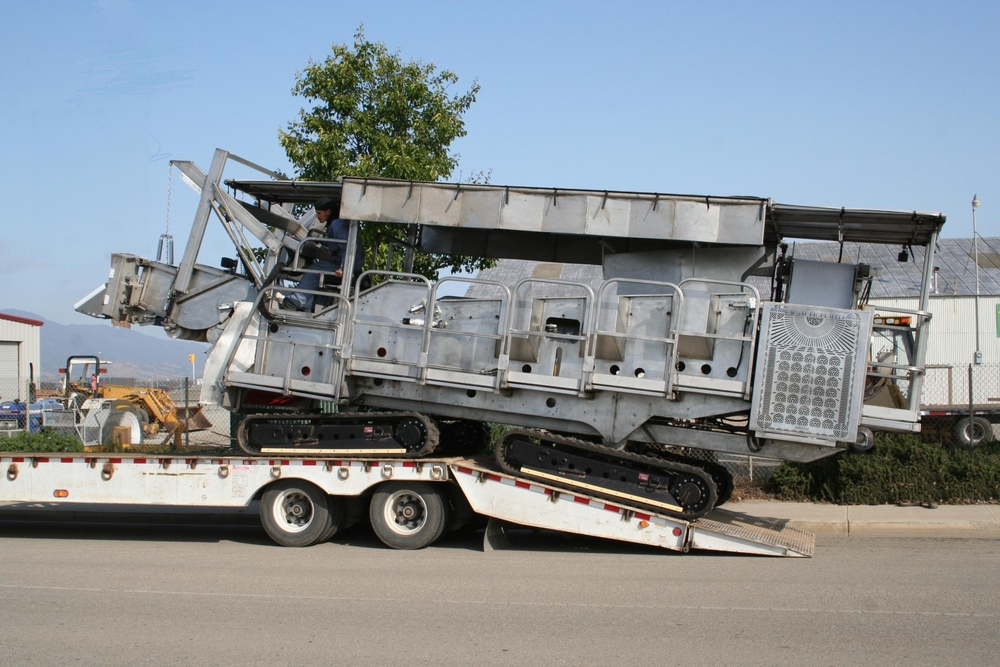
Greenleaf lettuce harvester was designed using dual tracks to make the loading and unloading safer. A single track machine crests over the knee on the trailer. This can be frightening and dangerous on long single track machines.
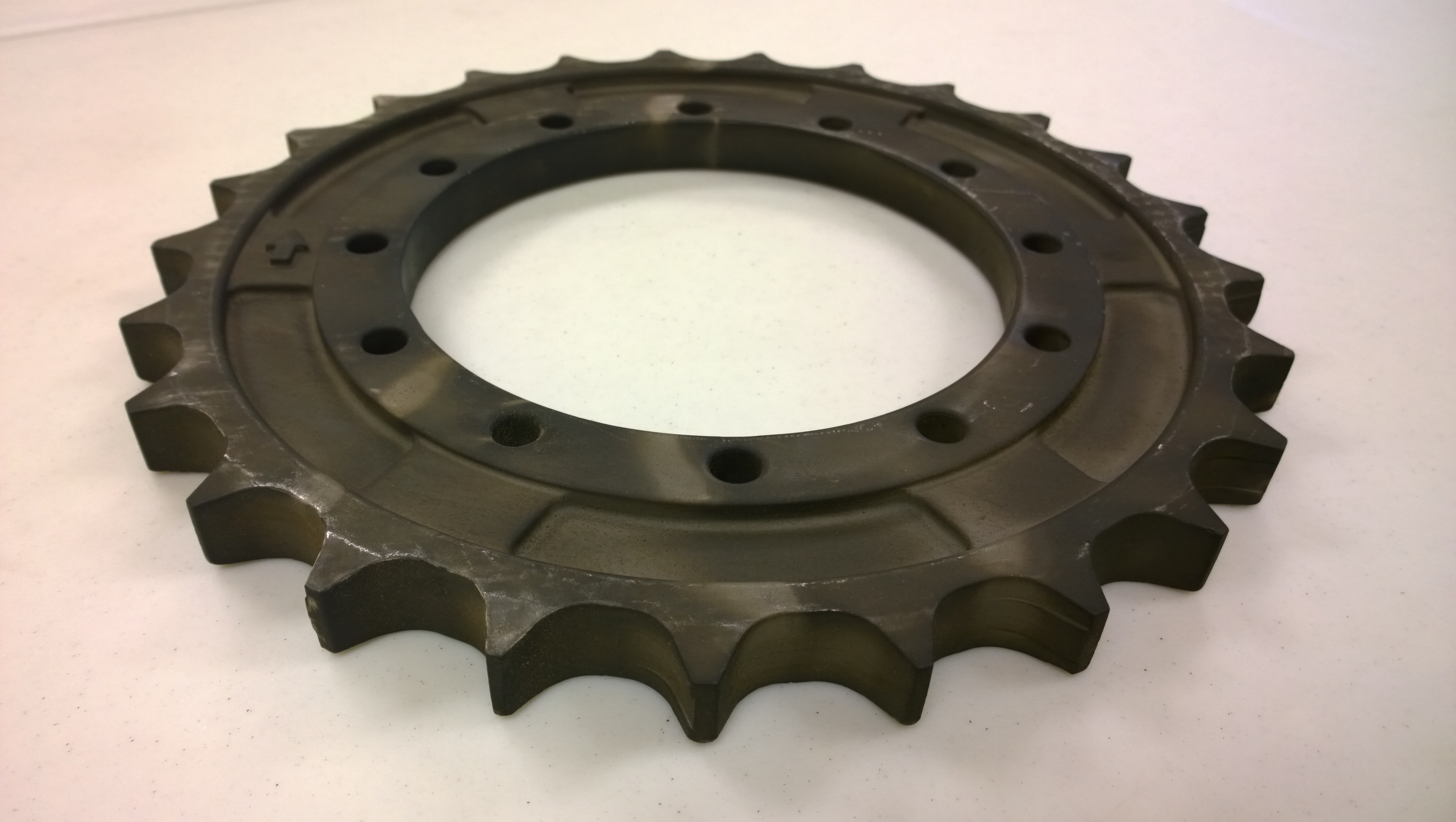
The life of both the track and this sprocket were almost tripled through the use of an innovative sprocket design.